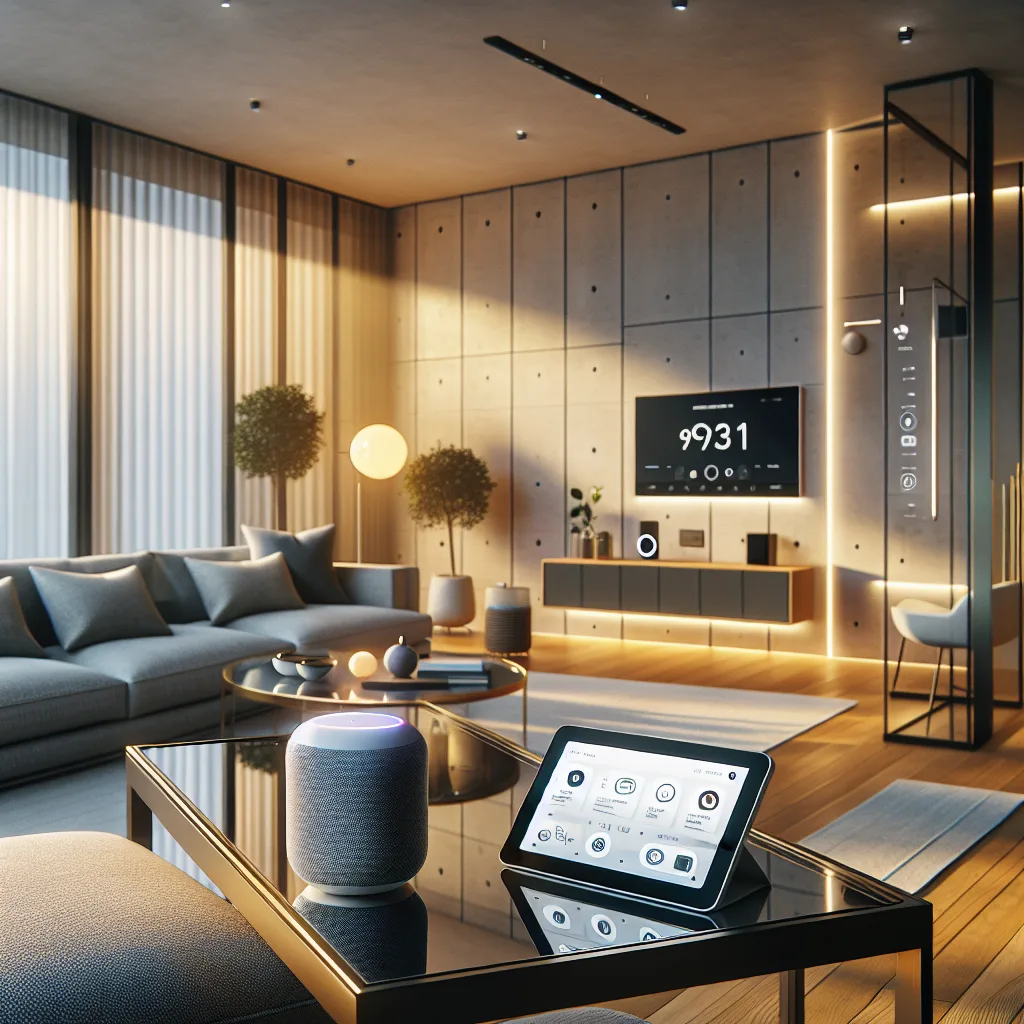Your Comprehensive Smart Home Setup Guide for a Connected Life
Welcome to the future of living! A smart home isn’t just about convenience; it’s about creating an intuitive, efficient, and secure environment tailored to your lifestyle. If you’ve ever wondered how to bring this vision to life, this Smart Home Setup Guide is exactly what you need. From automating your lights to securing your premises, we’ll walk you through every step of transforming your living space into a truly connected haven. Gone are the days of fumbling for light switches or worrying if you locked the door – smart technology puts control at your fingertips.
Planning Your Smart Home Ecosystem
Before diving into purchases, a little planning goes a long way. Start by identifying your primary goals: Do you want to save energy with smart thermostats? Enhance security with cameras and smart locks? Or simply add convenience with voice-controlled lighting? Consider your budget and existing home infrastructure. Compatibility is key; choosing devices that work well together, ideally within the same ecosystem (like Apple HomeKit, Google Home, or Amazon Alexa), will simplify your Smart Home Setup Guide journey. Researching platforms is crucial for a seamless experience.
Essential Smart Devices to Consider
A typical smart home ecosystem often revolves around a central hub or a smart speaker that acts as a controller. Beyond that, popular devices include:
* Smart Lighting: Bulbs or switches that can be controlled remotely, dimmed, or even change color. Brands like Philips Hue or Lutron Caseta are popular choices.
* Smart Thermostats: Devices like Nest or Ecobee learn your preferences and optimize energy usage, often integrating with your HVAC system.
* Smart Security: Doorbell cameras, indoor/outdoor cameras, smart locks, and window/door sensors provide peace of mind. Arlo and Ring are well-known in this space.
* Smart Plugs: Turn any traditional appliance into a smart one, allowing remote control or scheduling.
* Voice Assistants: Amazon Echo or Google Home devices serve as the central command center for many smart homes.
The Smart Home Setup Guide to Connectivity
Understanding how your devices communicate is vital. Most smart devices rely on your home Wi-Fi network. However, other protocols like Zigbee and Z-Wave are common for low-power devices, often requiring a dedicated hub. These protocols are designed for stability and efficiency, creating a mesh network that extends range. For more on these technologies, you can refer to an explanation of home automation protocols like those found on the Z-Wave Alliance website: https://z-wavealliance.org/what-is-z-wave/. Ensuring your router can handle multiple devices is also important for a smooth experience.
Step-by-Step Installation and Configuration
Once you have your devices, installation begins. For many smart devices, this primarily involves plugging them in and connecting them to your home network via their respective apps. Follow the manufacturer’s instructions carefully. After initial setup, the real magic happens:
1. Device Integration: Link all your new smart devices to your chosen smart home platform (e.g., Google Home app, Amazon Alexa app).
2. Room Assignment: Organize devices by room for easier control.
3. Automation & Routines: This is where your Smart Home Setup Guide truly shines. Set up routines like “Good Morning” to gradually turn on lights, open blinds, and start your coffee machine, or “Away” to lock doors and arm your security system. Explore IFTTT (If This Then That) for advanced cross-platform automations: https://ifttt.com/.
4. Voice Control: Enable voice commands for hands-free operation.
Advanced Tips and Future-Proofing
- Guest Access: Set up limited access for family or guests.
- Data Privacy: Be mindful of the data collected by smart devices. Regularly review privacy settings and consider using a strong, unique password for your Wi-Fi network and smart home accounts. For general cybersecurity tips, a resource like CISA can be helpful: https://www.cisa.gov/cybersecurity-resources.
- Software Updates: Keep your device firmware and apps updated for security and new features.
- Scalability: Plan for future additions. Will your chosen ecosystem support new device types as they emerge?
Conclusion
Embarking on a smart home journey can seem daunting, but with this comprehensive Smart Home Setup Guide, you have the roadmap to success. By strategically planning, choosing the right devices, and setting up intelligent automations, you can create a home that truly works for you, enhancing convenience, security, and energy efficiency. Welcome to a smarter way of living!
